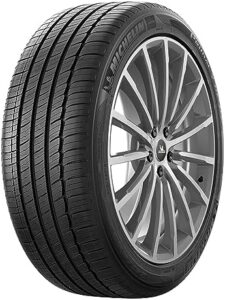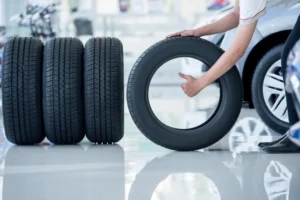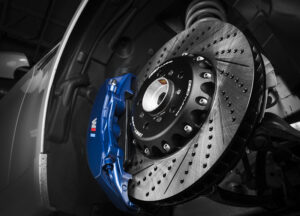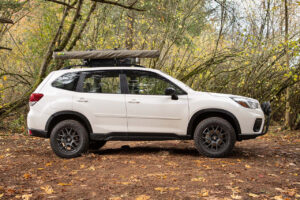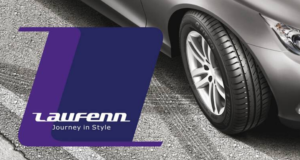When it comes to transporting goods, shippers often face a crucial decision: choosing between flatbed and dry van shipping methods. This decision can have a significant impact on the success of the transportation and the safety of the cargo. It is important to understand that flatbed vs dry van rates are different. In this article, we will take a comprehensive look at the issues and help shippers make an informed decision.
Key Differences Between Flatbed and Dry Van Shipping
Before we dive into discussing which method of transportation is better, let’s first understand the key differences between these two approaches.
- Flatbed Transportation: Platforms are used for securing and safeguarding cargo with restraining gadgets and fastening systems. Cargo that isn’t standard in size finds itself at ease on a flatbed. Its flexibility and capacity to handle cargo of different forms and dimensions constitute the primary benefits of this strategy.
- Dry Van Transportation: In this approach, cargo is placed in an enclosed trailer with a roof and walls. External elements like weather and dust pose no threat when protecting goods using this method. Security and discretion are offered through the encased van. Loading and unloading can be facilitated through ease, and protection comes from external factors.
Often transportation companies use different modes of transportation as it helps to fulfill more orders and expand their experience. One such transportation company is HMD Trucking of Chicago, which has more than 450 trucks and helps a wide variety of loads get to their destinations.
Rates: Flatbed vs. Dry Van Rates
Freight rates are one of the most critical factors influencing shippers’ decisions when choosing between a flatbed and a dry van. Understanding the difference in costs will help shippers make informed decisions.
- Flatbed: Generally speaking, flatbed transportation is pricier than dry van shipping. This difference consists of several factors. Flatbed transportation calls for extra packaging and securing measures that take up additional time and effort. Weather exposure requires special preparation and wrapping when shipping goods via the flatbed method. Non-standard and oversized cargo require specialized transportation methods like flatbed, even though rates are higher.
- Dry van: A dry van is usually less expensive than a flatbed. The reasons for this are several factors. With a dry van, the loading/unloading process is simplified and the cargo is further protected from weather conditions and external factors. The lower rates may be attractive to shippers carrying standard loads that do not require additional precautions and packaging.
Choosing Between Flatbed and Dry Van: Factors to Consider
When deciding between flatbed and dry van transportation, it’s essential to consider not only the cost but also several other factors. These factors may include the types of cargo you are transporting, safety requirements, confidentiality concerns, and economic aspects. Let’s take a closer look at what to consider when making your decision.
- Types of Cargo: Cargo transportation hinges upon thinking about its nature. Flatbed hauling could be the better choice if your shipping consists of abnormal items like bulky or heavy goods. External conditions require a dry van for typical shipments.
- Cargo Safety: Safety is a critical concern. Protection against damage, weather, or theft depends on a dry van for your cargo. Additional safety measures might be required for certain flatbed cargo shipments.
- Confidentiality Requirements: Dry vans offer top-tier confidentiality and security for your cargo.
- Economic Aspects: Budgetary restrictions play an important role when making a decision, and yours must align. Always consider whether meeting your cargo’s requirements necessitates paying more for a better shipping option rather than going for cheaper rates on dry van transportation.
Making the decision between flatbed and dry van transportation is a complex process that requires careful analysis and evaluation of all factors. The right choice will ensure the safety, cost-effectiveness, and efficiency of transporting your cargo.
Safety Measures and Compliance with Regulations
When it comes to cargo safety, there is no room for compromise. Regardless of the chosen method of transportation, it is crucial to take the following precautions:
- Proper Packaging and Securing: Preservation depends on dependable packaging and accurate cargo stability during transit. Ensuring that cargo is properly packed regarding its properties and then fixed into place with ties, hooks, and buckles is critical. Fastening open freight on flat beds prevents movement while being moved by this mode of transportation.
- Weight Limit Compliance: Safety threats, overloading poses one significant. Safety in transit relies on adherence to weight restrictions. From overloading, dangerous conditions while driving and freight harm might occur.
- Use of Protective Materials: Protective measures such as bubble wrap, foam, and wooden pallets should be used when transporting sensitive cargo (like glass or delicate items). Damage and losses can be avoided through these materials.
- Regular Cargo Inspections: Checking the cargo during stops and breaks, how can we ensure its security? Identify problems early on with this step, preventing larger issues later.
- Driver Training and Education: Knowing proper cargo security methods, drivers must receive training on safe cargo transportation techniques. Essential are regular updates in knowledge and skills.
Compliance with Laws and Regulations: When transporting hazardous or specialized cargoes, adhere to all laws and regulations related to such types of cargoes. Compliance with legislation is not only a duty but also a guarantee of safety.
To Sum Up
It takes collaboration effort among shippers and carriers to ensure safe cargo transportation. A cautious assessment of freight attributes, needs, and budgets must guide your selection between flatbed and dry van transport methods. Always prioritize safety during shipping to guarantee the cargo arrives undamaged. Always prioritize safety atop your list.

